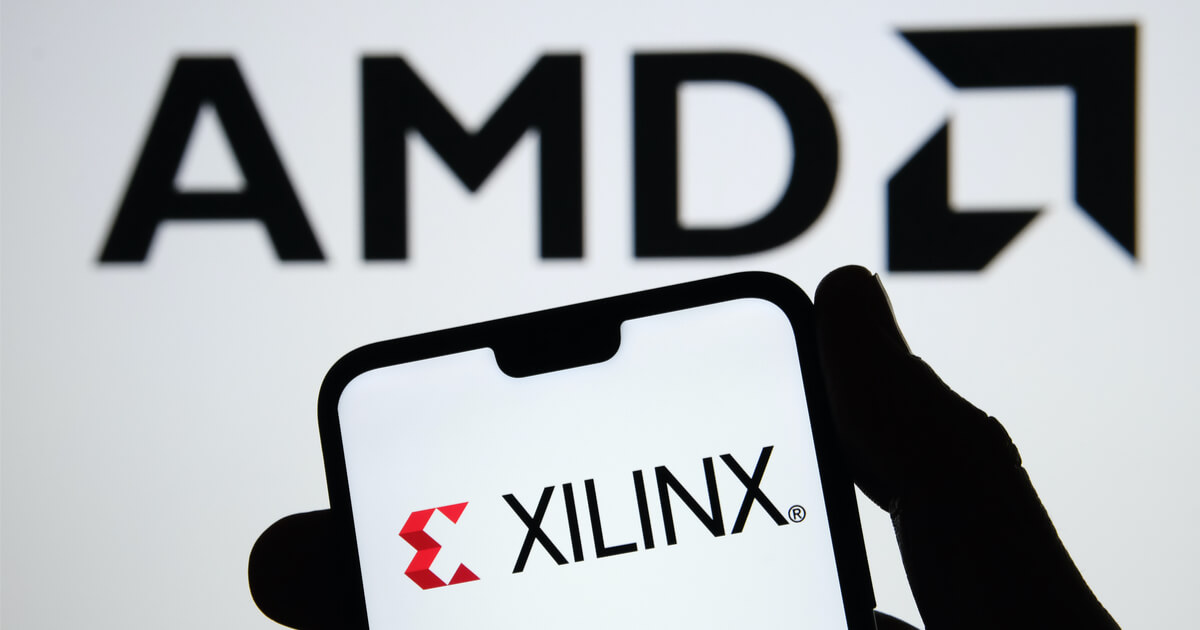
Bitcoin traders always talk about BTC’s correlation with gold and equities, but how much attention should average investors pay to this discussion?
Some news sources have been fond of comparing Bitcoin (BTC) price action and other assets. In particular, the two most commonly compared asset classes are gold and tech stocks.
While a correlation holds, it tends to be a big news story. Throughout much of 2022 and early 2023, for example, the “Bitcoin trades in tandem with tech stocks” narrative was prevalent. Since that correlation has broken down, however, there doesn’t seem to be much related news coverage.
Now a new narrative has taken the spotlight: Bitcoin’s correlation to gold. Ever since the failures of Silvergate Bank, Signature Bank and Silicon Valley Bank in March, both assets have rallied. Both narratives make sense on the surface. If Bitcoin is to be seen as a speculative asset, then it might trade similarly to a tech stock. And if Bitcoin is more of a safe-haven asset, a correlation to gold seems reasonable.
However, it’s important to note that correlations can come and go. Just because two assets share a correlation for a time doesn’t always mean they share a place in the market long-term. And when zooming out to larger timeframes, it might be possible to rule out correlations.
Let’s examine both of these correlations on a one-year basis and see if they have any merit.
Bitcoin, gold and NASDAQ: one-year correlation analysis
Year-to-date, Bitcoin has gained roughly 58%, rising from $16,600 at the start of the year to over $26,000 at the time of writing. In the same timeframe, the Nasdaq has gained about 36%, rising from 11,000 to just shy of over 15,000.
Meanwhile, gold has risen by just over 7% year-to-date.

According to the 90-day correlation coefficient, BTC is presently positively correlated to gold (0.58) and negatively correlated to tech stocks (-0.65). For most of this year, BTC has been highly correlated to both assets. At the beginning of the year, the correlation to gold was deeply negative, while the correlation to tech stocks was just below neutral.
So then, which is it? Safe-haven correlation or risk asset correlation? Or does the presence of multiple correlations point to no correlation at all? Does similar price action on a yearly basis constitute a significant relationship between two assets in the first place?
Such a discussion could get quite lengthy. These questions are best interpreted on a rhetorical basis, i.e., they imply that there could be any number of assets that share similar patterns of price action on a one-year chart.
When looking at the question in terms of percentage gains, things look more different still: gold is up 9%, while Bitcoin is up 18% and the Nasdaq is up 30%.
It’s worth mentioning the significance of the fact that Bitcoin tends to be correlated with equities for a time now and then. But so far this year, the relationship between the two remained constant throughout the banking crisis that began in March and led to an extensive rally for BTC. Since then, the relationship has disappeared; the Nasdaq has rallied to year-to-date highs, with BTC mostly trading sideways.
On a long enough timeline, everything breaks down
Over the past 14 years, Bitcoin has risen against the U.S. dollar by tens of millions of percentage points. Few asset classes can boast similar returns. Other assets don’t carry the same degree of volatility either, making a long-standing correlation even less likely.

To date, gold has risen from $800 in early 2009 to $1,945 today — a gain of almost 150%.

The Nasdaq is up more than 10x since early 2009, with returns in excess of 1,000%. While these are not insignificant gains, they are a far cry from the 52,000,000% that Bitcoin returned from July 2010 to the present.

In summary, the key takeaways here are:
- An asset that rises by more than 50,000,000% over the course of its lifetime might not be correlated to much else.
- The correlations between Bitcoin, gold and tech stocks often can’t be seen on timeframes in excess of a year or two.
- Due in large part to the previous two points, the correlations don’t hold much significance.
Investors would do well to keep this in mind when interpreting markets. Banking on any specific correlation as part of a strategy could be risky, as that correlation could break at any moment.
This article does not contain investment advice or recommendations. Every investment and trading move involves risk, and readers should conduct their own research when making a decision.
This article is for general information purposes and is not intended to be and should not be taken as legal or investment advice. The views, thoughts, and opinions expressed here are the author’s alone and do not necessarily reflect or represent the views and opinions of Cointelegraph.

You can get bonuses upto $100 FREE BONUS when you:
💰 Install these recommended apps:
💲 SocialGood - 100% Crypto Back on Everyday Shopping
💲 xPortal - The DeFi For The Next Billion
💲 CryptoTab Browser - Lightweight, fast, and ready to mine!
💰 Register on these recommended exchanges:
🟡 Binance🟡 Bitfinex🟡 Bitmart🟡 Bittrex🟡 Bitget
🟡 CoinEx🟡 Crypto.com🟡 Gate.io🟡 Huobi🟡 Kucoin.




















Comments